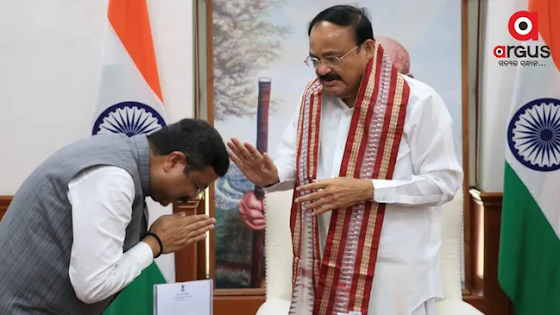Changing face of media use during political campaign
2014 elections ushered in a new era of a political campaign in India. Narendra Modi and the BJP perfectly identified the new-age campaign medium of the 21st century. They were the first political entities in India to use social media aptly to reach the hearts and minds of voters. BJP’s strategy to monitor its support base through social media for the formulation of election strategy drew success in 2014. It prompted all other political parties to explore the path of the political campaigns through digital mediums.
All in use:
Any political campaign for elections involves all forms of media. But in recent times social media’s role in election campaigns is on the rise. From current panchayat elections in Odisha to the assembly polls in five states including UP, candidates and political parties are using social media extensively to maximize their reach. But mainstream media platforms are not forgotten. Social media is being used extensively by political parties as it enables them to do that which cannot be done on mainstream media. Traditional mass media communication is highly regulated by the Election Commission of India. But the checks on social media campaigns are not that strict.
Important tool:
The use of posters, cutouts, newspaper and TV advertisements for political campaigning has not been forgotten by politicians. TV discussions still bear importance. But digital platforms like Facebook, Whatsapp, Instagram, Twitter, Koo, etc are fast becoming important tools for political parties to publicize their views, debates, and discussions. The mainstream media has also started to depend on digital mediums for news dissemination to a larger audience. Political parties are trying to reach out to the same audience through social media platforms.
Fake news menace:
Most political parties also face vagaries of social media during political campaigns.
Social media platforms are pivots of fake news that can influence the mood of voters. During campaign season all political parties keep a close watch on negative news fished out on social media. It is easy to monitor mainstream media. Monitoring social media is a hard nut to crack. Single fake news posted by an anonymous person can spread out like wildfire. Election Commission is trying to have a model code of conduct for social media and online campaigning on various platforms. Violations on social media would be processed under the provisions of the Representation of Peoples Act, 1951.
Voters’ mood analysis:
Analysis of social media provides hints of the mood of voters to the political parties. Earlier political parties relied on opinion polls before elections and exit polls on polling days. Some parties also conducted their own surveys to assess voters’ moods.
Now social media allows time and cost-effective data collection and analysis with less human effort. Social media data can be analyzed to know public opinion. But in a country like India at times social media analysis does not represent the opinion of the general public as a whole. A large section of Indians do not use social media but play a vital role in elections. In the case of such citizens, the TV medium is said to be having more role in political campaigns as it reaches out to a larger audience.
Not easy:
Volumetric and sentimental analysis of social media data provides an overall view of the political scenario of a region. The volumetric analysis involves the study of the volume of tweets, posts, tags, and hashtags associated with the leaders of political parties and their followers. Sentimental analysis is the thematic analysis of opinions. In 2015 analysis of social media data had shown sentiments in favor of the AAP and its CM candidate in Delhi. But as volumetric analysis, there was a greater number of tweets in favor of the BJP, which implied that the party had a good support base. Here the sentimental analysis proved correct rather than volumetric analysis. Proper analysis of social media data in Delhi was a hard task. It is much harder to analyze social media data from larger States.
Raising awareness:
Increased penetration of mainstream media and social media has shown a positive impact in India. Citizens are now more aware of the elections, development issues in both urban and rural areas. This has started to be a catalyst behind increasing the voting percentage during elections.






Comments
Post a Comment